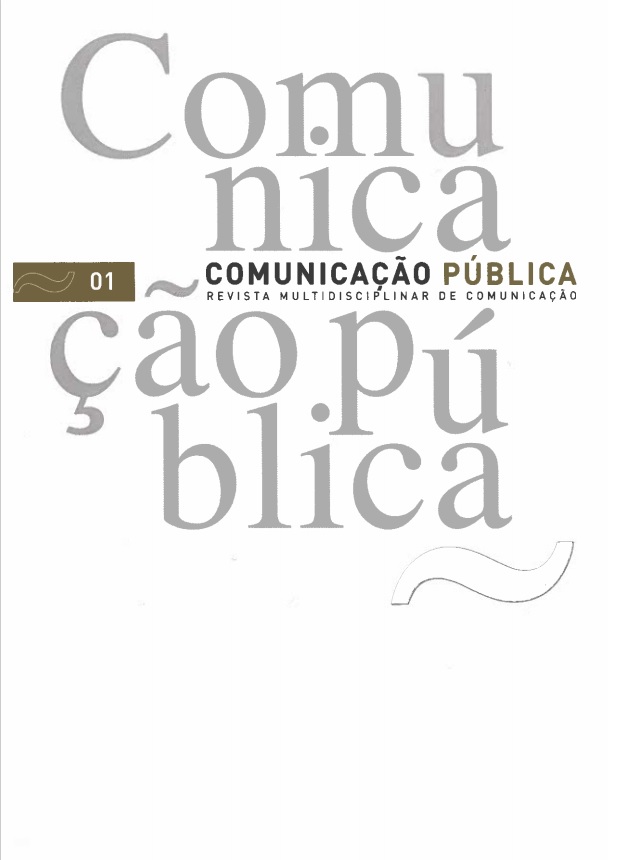Consume and self esteem
DOI:
https://doi.org/10.4000/cp.9858Keywords:
self, self esteem, excessive consume, impulsive consume, prestige consume, possessions and materialismAbstract
The aim of this research is to identify the link between consumer behavior and the self and specifically the self esteem in a cross cultural analyze. To this research we utilized a scale developed by Quintanilla, Dittmar e Luna-Arocas (2000) and a sample of 331 students, 229 in Portugal and 101 in Australia. The data was analysed in a quantitative way through descriptive statistics and a qualitative way through content analysis with a prototypic categorization and a similarity analyse to identify the connected graph. When we consider the main discrepancies of the Self – on a dimensional approach, we can assume that this population carries some self esteem problems, particularly regarding the physical, emotional and economical dimensions and the results show us a strong link between these problems and a specific and distinctive consumer’s behaviour to solve the gaps.
Downloads
References
Baudrillard, J. (1968/1988) The system of objects, in Poster, M. & Baudrillard J. ed., Selected writings. Cambridge, Polity Press.
Belk, R. W. (1988) Possessions and the extended self. Journal of consumer research, 15, pp. 139- 168. DOI: https://doi.org/209154
Descamps, M. A. (1979) Psychosociologie de la mode. Paris, Presses Universitaires de France.
Dittmar, H. (1992) The social psychology of material possessions. Hemel Hempstead, Harvester Wheatsheaf.
Feartherstone, M. (1991) Consumer culture and postmodernism. London, Sage.
Ferreira, S. (1998) Atitudes perante a sociedade, in J. Pais ed., Geração e valores na sociedade portuhuesa contemporânea. Lisboa, Gradegráfica, pp. 149-243.
Fournier, S. (1998) Consumers and their brands: developing relationship theory in consumer research. Journal of consumer research, 24, pp. 343-373. DOI: https://doi.org/10.1086/209515
Gardner, M. P. (1985) Mood states and consumer behaviour: a critical review. Journal of consumer research, 12, pp. 281-300.
Greenwald, G. A. & Banaji, M. R. (1989) The self as a memory system: powerful, but ordinary. Journal of personality and social psychology, 57 (1), pp. 41-54. DOI: https://doi.org/10.1037/0022-3514.57.1.41
Hirschamn, E. C. & Holbrook, M. (1982) Hedonic consumption: emerging concepts, methods and propositions. Journal of marketing, 46, pp. 92-101. DOI: https://doi.org/10.1177/002224298204600314
Inglehart, R. (1973) The silent revolution. Princeton, Princeton University Press.
Levy, S. J. (1959) Symbols for sale. Harvard business review, 37, pp. 117-124.
Luna-Arocas, R. (1999) Symbolic consumption and self-enhancement. International conference consuming markets, consuming means. Plymouths, UK.
Luna-Arocas, R. (2000) Buying identities: a process of self creation. International Conference IAREP. Vienna, Austria.
Markus, H. (1977) Self schemata and processing information about the self. Journal of Personality and Social Psychology, 35, pp. 33-78. DOI: https://doi.org/10.1037/0022-3514.35.2.63
Markus, H. & Kitayamak, S. (1991) Culture and the self: implications for cognition, emotion and motivation. Psychological Review, 98, pp. 224-53.
Quintanilla, I. (2002) Psicologia social del consumidor. Valência, Promolibro.
Richins, M. L. & Dawson, S. (1992) A consumer values orientations for materialism and its measurement: scale development and validation. Journal of consumer research, 19, pp. 303-315. DOI: https://doi.org/10.1086/209304
Triandis, H. C. (1989) The self and social behaviour in differing cultural contexts. Psychological review, 96 (3), pp. 506-520.
Warech, M. A; Smither, J. W.; Reilly, R. R.; Millsap, R. E. & Reilly, S. P. (1998) Self-monitoring and 360-degrees ratings. The leadership quarterly. 9, pp. 449-471
Published
Issue
Section
License
Copyright (c) 2005 Direitos de Autor (c) 2005

This work is licensed under a Creative Commons Attribution-NonCommercial 4.0 International License.
Os conteúdos da Comunicação Pública estão licenciados com uma licença Creative Commons - Atribuição-NãoComercial 4.0 Internacional.


